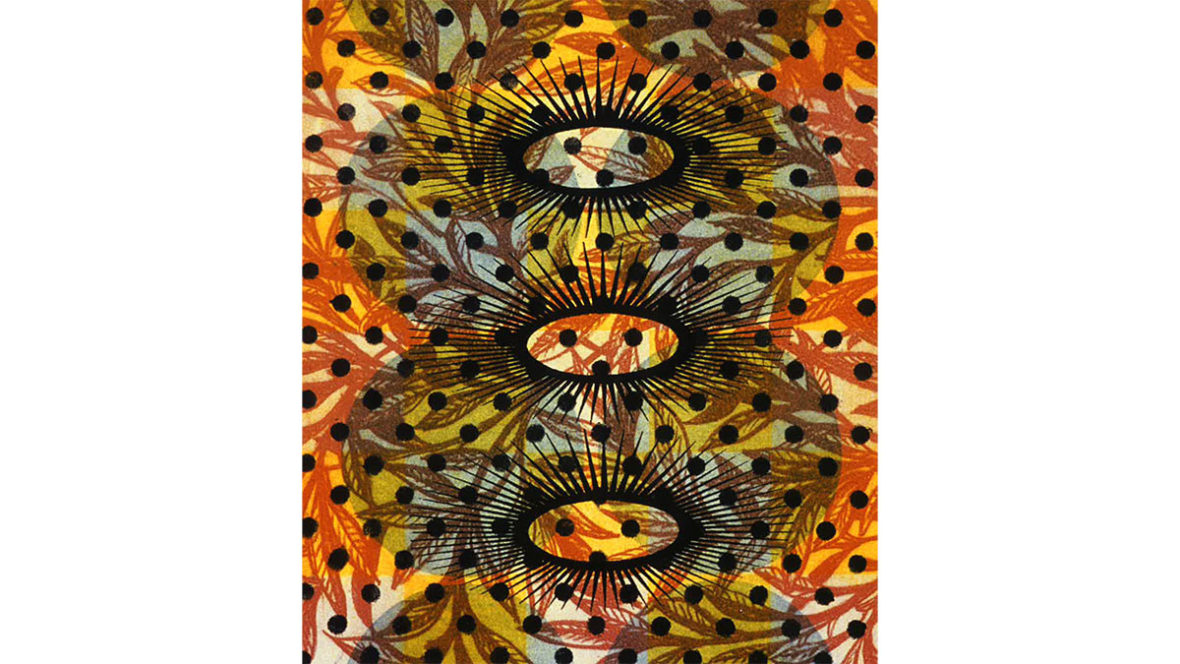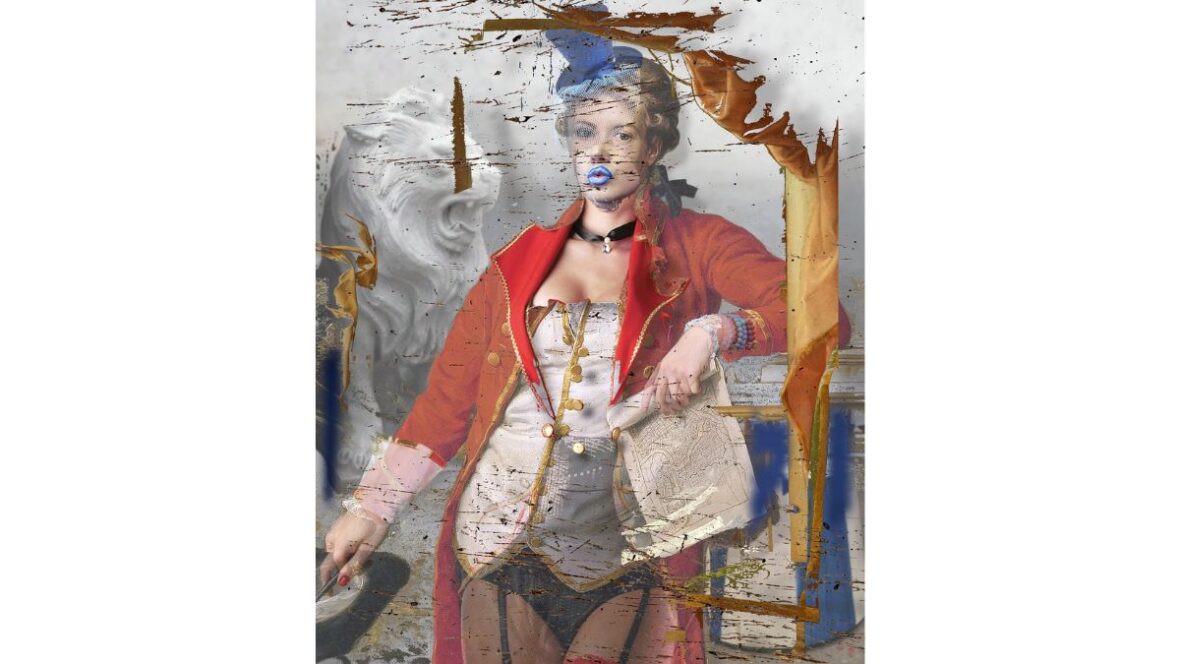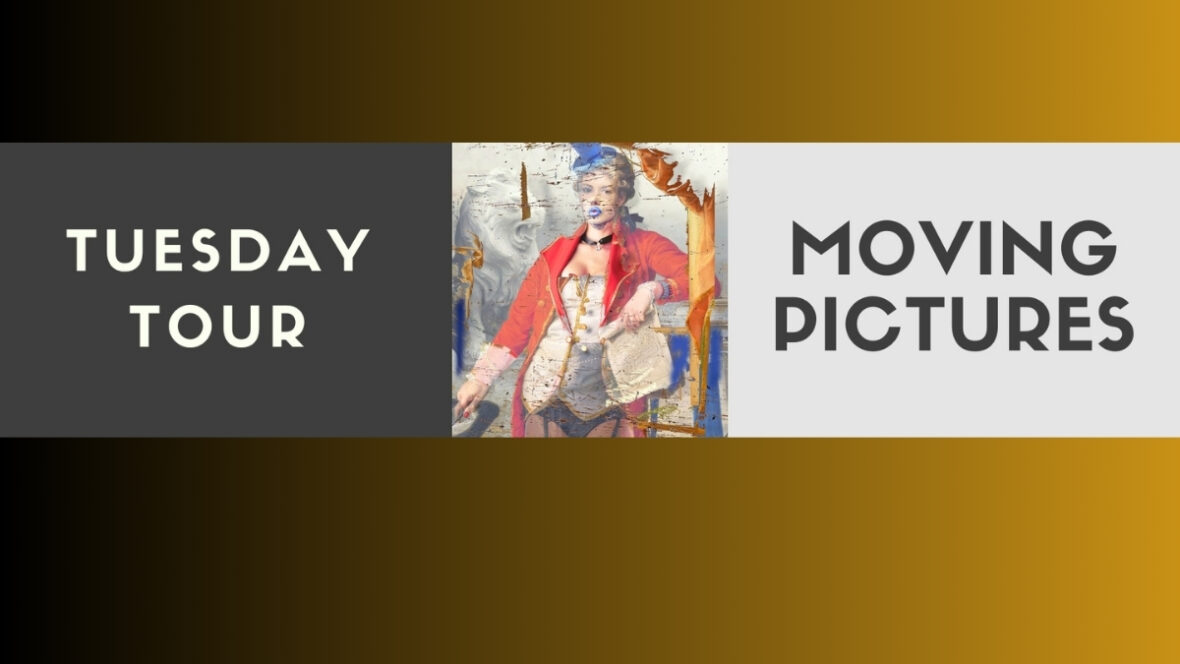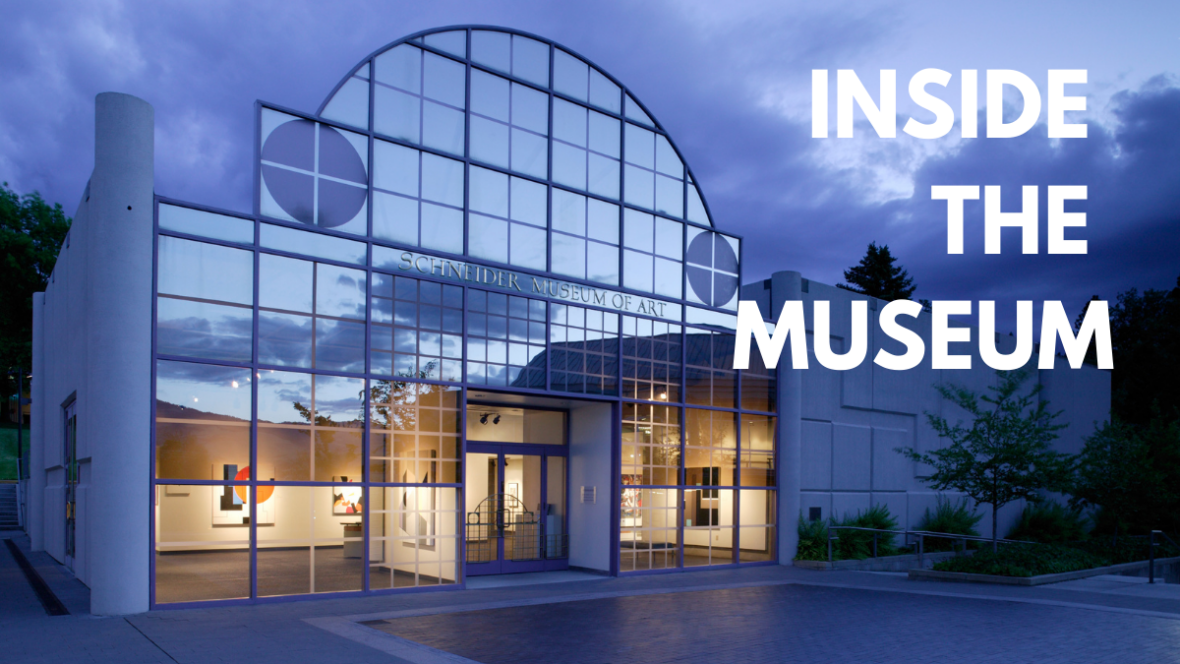Eugene Bennett:
A Retrospective
Artist Bio
Eugene was born in Central Point, Oregon, on December 20, 1921. In 1925, his family moved to Medford and spent a short time there before moving to the rural environs near Prospect. It was here that the five year old Eugene developed an intimate contact with nature that would have a powerful effect on his work.
During his early schooling, John Reisacher, a German music teacher, was the strongest artistic influence on Bennett. Reisacher was a painter and a piano teacher, and taught Bennett oil painting techniques as well as music. Bennett became enthralled with recreating nature on his canvas. He wandered the hills near Ashland, painting the landscape and studying the forms of nature. Reisacher introduced the work of Cezanne to Bennett which proved to be a revelation. Bennett, like Cezanne, began to analyze the forms of nature and to render the shapes of the natural world on his canvas like a sculptor working in relief.
In 1940, Bennett enrolled at the University of Oregon to study music. His talents flourished and his compositions were featured in university productions; one of his songs was performed by Oregon Shakespearean Festival’s presentation of “Much Ado About Nothing.” Although he was not formally studying art at the University, he continued to develop his artistic skills, drawing and painting with friends in the Willamette Valley. World War II had begun; Bennett left the University of Oregon in 1943 to begin his military service in the Navy. That summer, while stationed in Parkville, Missouri, he attended art classes at Park College. Under the influence of his art teacher, John Tatschl, Bennet first began to appreciate abstract art. Tatschl taught his students to discover the suggested shapes found in nature. During this period, Bennett’s work became more abstract, with a pronounced use of line emphasizing the abstract forms and rhythms of nature.
In 1944, Bennett was stationed in Newport, Rhode Island. He produced a number of pen and ink drawings of the base and its surroundings. A year later, Bennett was sent to Hawaii as a member of the Air Transport Command. It was at this time that Bennett decided to devote himself to art rather than music. He noted, “I realized that I couldn’t carry my piano around, but I could take my sketch pad everywhere.” His numerous drawings and watercolors described his experiences of the Naval base and the island.
The work of the French Fauve artist Raoul Dufy became a major influence. Bennett’s work became more simplified, saturated with pure color. Assimilating the teaching of John Reisacher, John Tatschl, and the influence of Cezanne and Dufy, Bennet began to develop his own style, a careful modeling of the various forms and colors of nature. Bennet died in 2010 in Jacksonville, Oregon.
Exhibition Statement
The Schneider Museum of Art presented a retrospective exhibition of the work of Eugene Bennett. Born in Central Point in 1921, he was often referred to as the “Dean” of Southern Oregon artists for his significant contribution to the visual arts over the previous 53 years. The exhibition presented a selection of major paintings spanning the course of his career. These works were complemented by drawings, prints, collages, assemblages, and sculpture that reveal another side of the artist’s work. Together, the work demonstrated the broad range of Bennett’s talents and his absorption and application of modernist theories and practice.
The exhibition was divided into four periods of Bennett’s life. The first period, 1921-1946, was represented by Bennett’s earliest work of Rogue Valley landscapes and street scenes of Medford and Jacksonville. Included in this period were drawings that he produced while in the Navy during World War II.
The years between 1946-1958 comprised the second period of the exhibition. During this time Bennett attended the School of the Art Institute of Chicago and completed his bachelor and master’s degrees. In the show were numerous pieces produced during his formal art training in Chicago. Much of this work demonstrates Bennett’s growing talents and his interest in embracing the lessons of modernism. During this period, he spent a year in Italy and produced an extraordinary amount of work. He also absorbed a broad range of new influences such as the compositional structure of Gothic stained-glass windows, the geometric patterns of Romanesque tiles, the rippling reflections of Renaissance architecture on the Arno River in Florence, and European popular culture. Many of these influences are retained by Bennett and resurface in his later work. After his European sojourn, he returned to a teaching position at New Trier Township High School north of Chicago and became established in the metropolitan arts community.
The third period of the show, 1958-1962, marked a transition in his work as he left the mainstream of the Chicago art world to the relative cultural isolation of the late 1950’s in Southern Oregon. Nature and the landscape again become dominant themes in his work, but now they were integrated with a thorough knowledge of the language of art and charged with a new enthusiasm.
The last period of the show covered from 1962-1994. It began as Bennett moved from Medford to Jacksonville and bought the historical Eagle Brewery Saloon which he renovated into living quarters, a studio, and a gallery. It is there that Bennett produced the “signature” landscape and garden scenes and settled down to the task of becoming a successful artist.
The exhibition honored the artist and the contribution that he made to the visual arts in Oregon. The show was organized by the Schneider Museum’s staff with the assistance of four SOSC undergraduates. The students, Amanda Cudd, Dominique Revelle, Debera McGirr, and Heather Reed, researched Bennett’s career and conducted interviews with the artist. Each of the students wrote an essay on one of the periods of Bennett’s life which were published in the exhibition’s catalogue. The project provided the students with a unique educational experience while assisting the museum’s staff in the complex tasks of organizing the exhibition.
Curators
Greer Markle
Amanda Cudd
Dominique Revelle
Debera McGirr
Heather Reed
Artist
Eugene Bennett
Artwork On Loan From:
Mrs. Brandt Bartels
Eugene Bennett
Mr. and Mrs. Fitz Brewer
Robertson Collins
Carole James Wenzel
Jean Danielson
Nancy B. Duggan
Mr. and Mrs. Robert Fletcher
Mr. and Mrs. John D. Gray
Elizabeth Harris
Judy Howard
Robert H. Hutchins
Hazel E. Kagy
Mr. And Mrs. Leonard Levy
James C. Maddux
Mr. and Mrs. Lyle Matoush
Mr. and Mrs. Robert E. Moulton
Mrs. Robert Ogle
Donna M. Palmer
Billie Ann Robb
Mr. and Mrs. Allen Sterton
United States National Bank of Oregon
Dr. and Mrs. Darrell Weinman



